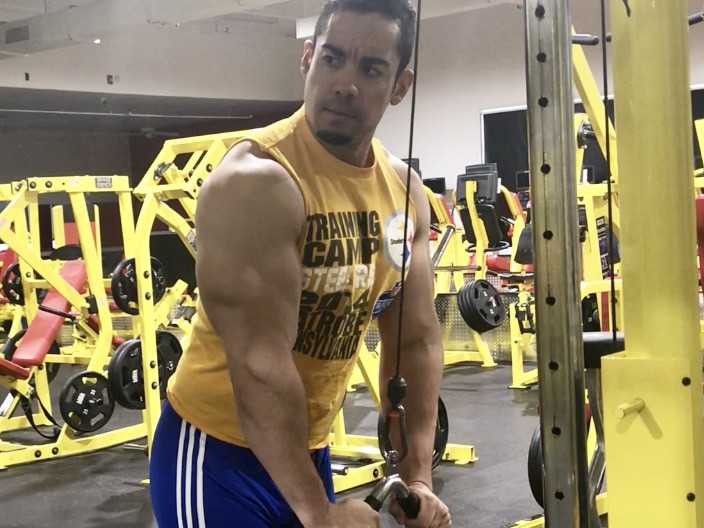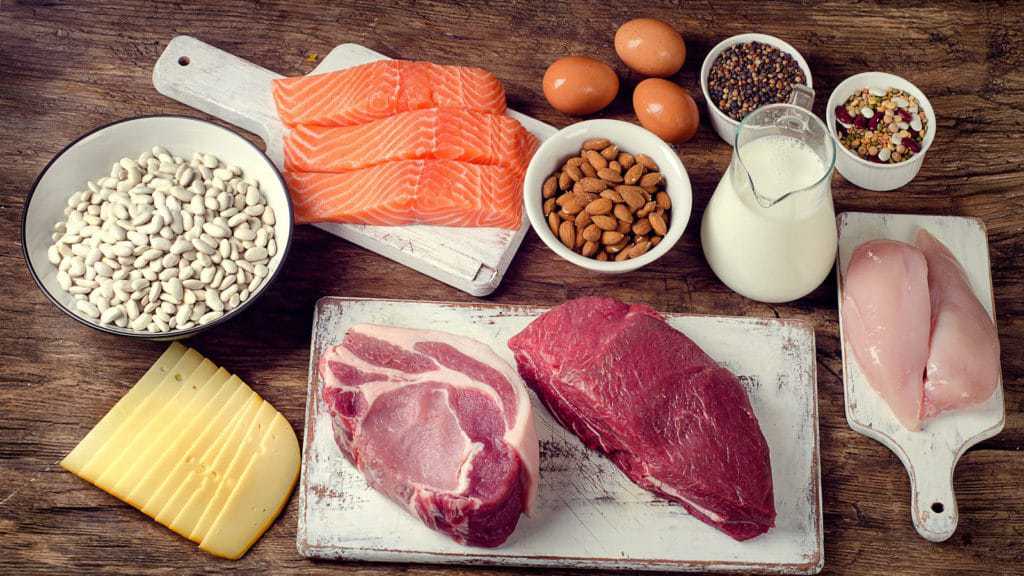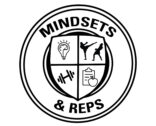
Beginners to the gym are typically concerned with learning exercise technique and doing their best not to drop anything and make a scene. Over time with the right guidance they will become more comfortable with weights and the time will come to make a decision. The decision is based on goal setting and where to set your attention next. Should you focus on building muscle or losing body fat first?
There are numerous variables involved in this decision, but in most cases people should focus on building muscle first rather than losing fat.
Reasons Why
Generally speaking, muscle takes far longer to build than fat does to oxidize (burn). Building a new structure takes longer than tearing one down, both in real life and in our body. I get the question of ‘how long does it take to build muscle’ often, and honestly I have a hard time answering because there are so many factors involved. Age, genetics, diet, lifting form, and consistency all play a role. At minimum it would take six months, and that’s if everything is perfect. Muscle is a very dense, strong tissue, it doesn’t just happen overnight.
By comparison, weight loss can happen rather quickly. It’s not easy, as obesity is a major world issue, but with a good program and some discipline it can happen much quicker than packing on muscle. You could lose five pounds in a month but you may not put on five pounds of muscle in a year. A bodybuilder will spend their entire adult life adding muscle to their frame, but a contest prep diet to get as lean as possible usually only lasts 10-12 weeks.
There is a misconception that a person will lose a considerable amount of muscle when going on a weight loss diet. Yes, some of the weight lost will come from lean body mass, that is inevitable. But a person who continues to resistance train and eat a high protein diet during the process will be able to maintain their muscle mass. Typically what happens is people lose water weight, and muscles have a high water content. They don’t lose much of the actual muscle tissue, but the loss of water gives the illusion that they have. Once an individual starts eating at their normal calorie intake (particularly carbohydrates), their muscles will start to hold more water and appear bigger once again.
The One Exception
I’ve changed my stance over this the past few years, but I believe obese individuals should focus more on weight loss rather than building muscle. In the past I would focus more on hypertrophy (muscle building) workouts with overweight and obese clients, because I knew the weight would come off eventually. Now my primary goal is to get them to a healthy weight first, and then shift more towards building muscle in the next phase. This is mainly for health reasons, as being overweight is associated with countless diseases. So the faster I can get them to a healthy weight, the better.
Of course, you wouldn’t completely abandon resistance training in the weight loss phase, but a greater proportion of the workouts should be based on cardiovascular exercise.
Can You Do Both
Is it possible to build muscle and burn fat at the same time? Most would say no, but the answer is actually yes. In beginners it’s actually quite common. It makes sense from a logical perspective. A beginner has very little muscle, so they’re working with a blank slate. When you add the stimulus of weightlifting to a body with no muscle, typically they will respond quite well. With this new exercise routine, naturally you will drop a little weight as well provided your diet isn’t outrageously bad.
In advanced trainees it’s possible with proper nutrient timing, some call it body recomposition. Obviously at this stage of training it becomes much harder, and it involved meticulously consuming certain nutrients around the time of your workout. Body recomps are generally minor, not yielding massive fat loss or muscle gains.
With that being said you cannot optimize both at muscle gain and fat loss. This is why you should focus on one at a time. For a beginner it doesn’t make sense to try and do everything at once. Building muscle is hard, but your rate of hypertrophy will be higher in your first years of training than at any other time.
Guidelines
Everyone has different takes on dieting but there are certain principles that pretty much apply across the board when it comes to muscle building. Protein intake should be around one gram per pound of lean body mass per day. Lean body mass is different than total weight. Lean body mass is total weight minus fat mass. Not everyone knows their body fat percentage but it’s okay to guess. The old adage of one gram per pound of body weight works for some but if you’re obese that number can get extremely high. Protein intakes at that level aren’t inherently dangerous, they’re just very hard to consume on a day to day basis. It becomes inconvenient.
Protein should be evenly spread across 3-5 meals throughout the course of the day. They should come from high quality sources like chicken, turkey, beef, fish, eggs, and dairy provided that you don’t have a lactose intolerance. Some people supplement with protein shakes and protein bars to help hit their daily nutrition goals. Typically these are derived from whey but there are other options for those who don’t tolerate it well.

As far as resistance training goes, I would aim for a minimum of three but preferably four days per week of lifting weights. The routine you follow is largely unimportant. As alluded to previously, a new lifter will respond favorably to almost any routine as long as they have proper form and the weight is challenging enough. It is not worth it to overthink this aspect of training at this time, just get in the gym. Focus on compound lifts and exercises using dumbbells, barbells, and cables. I’m not anti-machine, but feel that people rely on them too much. Machines tend to take core strength out of the equation, and it’s important to engage your core in as many lifts as possible.
It turns out that the obvious, and quite frankly boring, things will lead you down the path of success. Consistency with training, good diet, and quality sleep will get you further than anything else will. Build the foundation of your body now by adding as much muscle as possible. If you are in your teens or 20’s, now is the perfect time to start training. You’ll be happy you started when you did. For everyone else, there’s still time, but the ability to add muscle decreases with age, particularly when you reach your 40’s. Whatever situation you are in, there is no reason for hesitation. Go get started.
